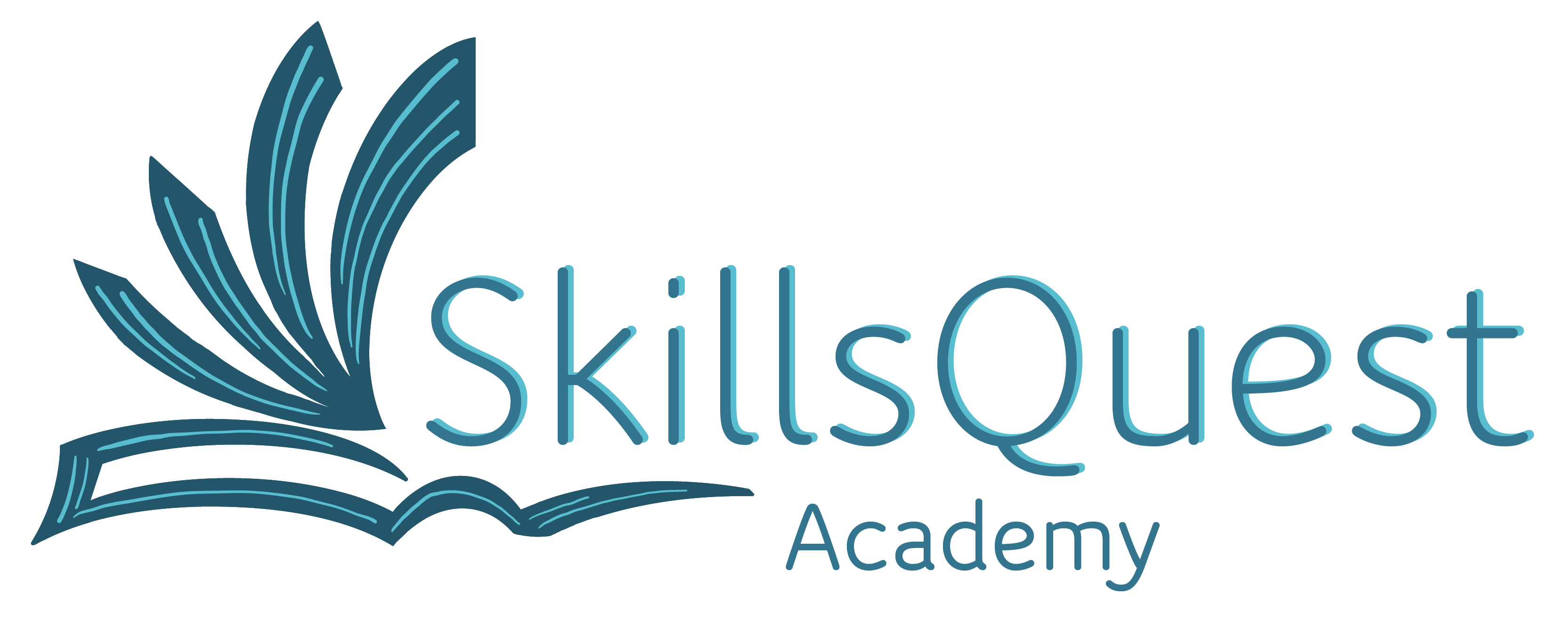Childcare and Development Short Course
This online Childcare and Development course is an in-depth study of what qualities are needed to work in the field of childcare and investigates child development from pre-conception to seven years of age.
The course deals with every aspect involving the best care of children by studying the child’s cognitive processes such as language and speech development, social skills, and behaviour. The psycho-social issues, together with other external influences on development are included in order to enhance understanding of the factors affecting behaviour.
This course is thoughtfully structured into ten manageable units, each exploring key aspects of the field.
Childcare and Development Short Course Diploma Entry Requirements:
All students must be 16 years of age and above to enter into our Childcare and Development Short Course Diploma (Level 3).
Short Course Diploma courses require a minimum prior learning to GCSE standard in order that students can manage their studies and the assumed knowledge within course content.
Study Hours
200 hours in total. Or 20 hours per week over 10 weeks.
Assessment
Written assessment at the end of each unit of study.
Enrolment
Please note that you can enrol on this course at any time.
Progression
This Childcare Short Course Diploma can be used to gain entry to a Level 4 Diploma or higher.
Course Content
Unit 1: Course Introduction: Genetics, Embryology and Foetal Development
Unit 1 explores the foundations of child development, tracing its history from conception to birth. It delves into genetics, inheritance, sex determination, reproduction, embryology, and the development of the integumentary system. The subsequent units will further delve into the intricacies of child development, providing a comprehensive understanding of the various stages and factors influencing healthy growth.
Unit 2: Developmental Anatomy and Physiology of the Child: Part 1
Unit 2 explores the development of the musculoskeletal system in children, covering bone and muscle structure, function, and growth. It provides insights into expected stages of growth and development, aiding caregivers and professionals in recognising signs of healthy development. The unit also delves into the major bones, muscles, and the nervous system, and its connection to knowledge, language, and cognitive skills.
Unit 3: Developmental Anatomy and Physiology of the Child: Part 2
Unit 3 explores the development of the cardiovascular and respiratory systems in children. It covers how the body receives food and oxygen and expels waste. The unit highlights the distinct differences between foetal and baby systems, addressing components like blood, oxygen intake, and maternal contributions. Special focus is given to caregivers, detailing the structure, function, pre and postnatal circulation, and addressing sudden infant death syndrome (SIDS).
Unit 4: Developmental Anatomy and Physiology of the Child: Part 3
This delves into the development of the gastrointestinal and renal systems in children. It covers nutrient acquisition, waste excretion, digestion processes, involved organs, and the role of enzymes. The unit explores the growth of these systems throughout a child’s various stages, emphasising the importance of a healthy diet and its impact on physical and mental development. Additionally, it examines the role of hormones in foetal and child development, focusing on the endocrine system’s functions in both mothers and babies.
Unit 5: Developmental Anatomy and Physiology of the Child: Part 4
Unit 5 explores the reproductive function, providing insights into prenatal development to birth. It delves into the eyes, nose, and dentition, studying their structure and functionality in both foetuses and growing children. The unit also introduces biological terminology.
Unit 6: Birth and Beyond: Growth and Care of the Child
This unit covers the birth process, postnatal tests, and measurements illustrating early growth up to age 7 years. It includes topics on nutrition, measurements, weight, childhood illness, vaccination programs, and the identification of common growth and development issues.
Unit 7: Language and Speech Development
This unit explores the development of language and speech in babies and children, examining the processes involved and discussing how professionals can positively impact this crucial process. It includes detailed insights into factors influencing a baby’s learning, common early words, and activities to aid language development.
Unit 8: The Development of Cognitive Skills
Unit 8 explores cognitive structures, detailing how babies acquire knowledge, learn to interact, and develop concepts. It delves into the nature vs. nurture debate, highlighting the impact of relationships and interactions on babies and children. The unit also examines how cognition occurs in the brain, influencing behaviour and shaping temperament.
Unit 9: Learning Through Play
Unit 9 explores the impact of structured play on mental and physical development. It delves into the professional’s role in applying and evaluating appropriate games for effective learning. The unit emphasises the importance of different stimuli, play, and games for various stages of development, considering the environmental factors. Age-appropriate games and activities to facilitate children’s growth and development are also covered.
Unit 10: Working with Children and Course Collation
The last unit explores diverse opportunities in childcare, such as nursery and school roles or home-based care. It delves into responsibilities, legal requirements (including health and safety and Ofsted regulations), and qualifications for each role. The unit emphasises key safety considerations, covering various laws, common-sense measures, and precautions. Additionally, it provides insights into major organisations in the childcare profession.
Requirements
- All students must be 16 years of age and above to enter into our Childcare and Development Short Course Diploma (Level 3). Short Course Diploma courses require a minimum prior learning to GCSE standard in order that students can manage their studies and the assumed knowledge within course content.







